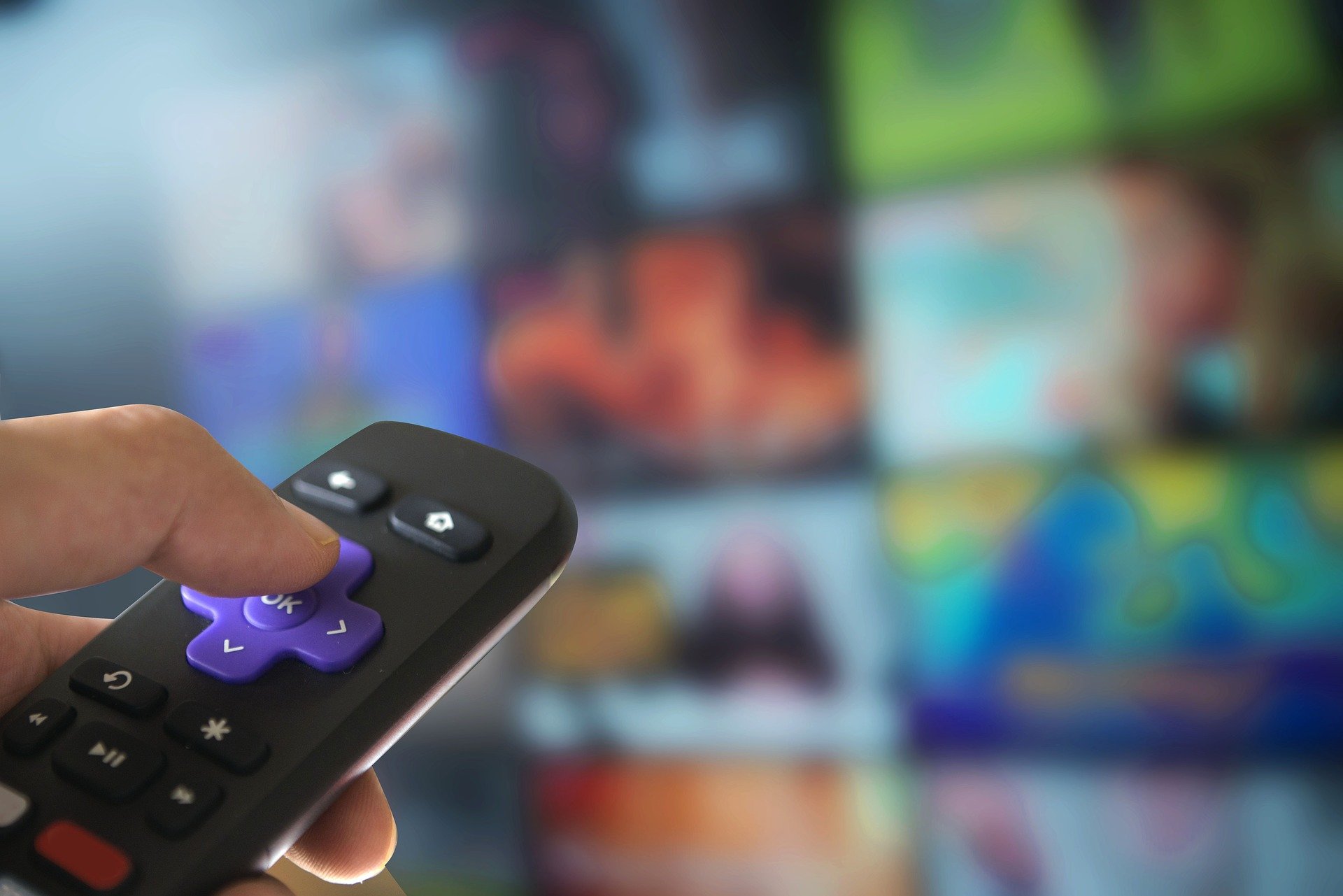Streaming Viewing Rose Only 5% in North America in Q2 2022
Global streaming viewing time was up 14% while Asia rose by 90% and Latin America saw a 70% bounce according to Conviva

FOSTER CITY, Calif.—In another sign that the North American streaming market is maturing, a new report from Conviva found that streaming viewing time in North America rose by only 5% in Q2 2022 compared to a year earlier.
That was much slower growth than the global market, where streaming viewing time grew by 14% in Q2 2022.
The fastest growing region was Asia (up a whopping 90%), followed by Latin America (up 70%), Oceana (up 26%), Africa (up 22%) and Europe (20%) in Q2 2022 compared to Q2 2021.
The Conviva Q2 2022 State of Streaming report also provided data on trends in the most popular devices for streaming.
Smart TVs saw the largest increase in bitrate of all screen types, up 15.1% year over year. But as Smart TV usage has grown, so have the problems.
In terms of mobile streaming, the researchers noted that the iPhone has been the primary device for mobile streaming, especially in North America. But in Q2 2022 the gap closed, with iPhone and Android phones capturing nearly identical global market share, 35.8% vs 33.2% respectively.
Conviva also reported that Roku remains the most popular streaming device. Thanks to its massive North American market share, Roku claimed a 23.1% share of all devices globally and 30.5% of all big screen viewing.
Get the TV Tech Newsletter
The professional video industry's #1 source for news, trends and product and tech information. Sign up below.
As the global streaming industry matures, streaming success is getting more complicated, the researchers stressed. Device fragmentation is growing, and viewers’ quality expectations continue rising in concert with an ad-supported streaming world. Streaming publishers are challenged to deliver a consistent and positive experience. Whether in Africa using an Android phone or in Texas on a Smart TV – viewers expect a quality picture, instant access to content and zero glitches.
“The race is on to see which publishers will meet these expectations, including providing the best experience when it’s most important,” said Keith Zubchevich, president and CEO, Conviva. “Those that do will quickly eclipse the competition.”
“For longform VOD content watched from the couch, that means improving bitrate,” added Zubchevich. “For live content, that means decreasing VST and buffering to provide a similar experience to linear TV. For mobile devices, where bitrate is less important, publishers may want to think about optimizing VST and buffering. And as streaming ads become a way of life, optimizing their performance will separate the leaders from the pack,”
Other key findings included:
- Conviva found bitrate rose globally in Q2 2022 across all screen types and devices, but often at the expense of other quality metrics. For example, Smart TVs saw the largest increase in bitrate of all screen types, up 15.1% year over year. However, to provide this more high-definition experience, Smart TVs saw noticeable increases in video start failures, video start time and buffering. Conversely, PlayStation and Roku were the only big screen devices to both decrease video start times (down 10.7% and 12% respectively) and increase bitrate (up 4.6% and 12.9% respectively).
- Big screens and Roku remain on top. Roku continued to hold the top spot among big screen devices (big screens include connected TVs, smart TVs and gaming consoles) , holding nearly steady at 30.5% of viewing time, down less than one percent as compared to Q2 2021 with Amazon Fire TV coming in second with 16% of big screen viewing time. Samsung TV (13.7%), Android TV (7.8%) and LG TV (7.3%) rounded out the top five devices for big screen viewing time. Chromecast, Xbox and PlayStation all saw a decrease in share as compared to the previous year, the study found.
- Android vs iPhone streaming showdown. To date, the iPhone has been the primary device for mobile streaming, especially in North America. In Q2 2022 the gap closed, with iPhone and Android phones capturing nearly identical global market share, 35.8% vs 33.2% respectively. In addition, Android phones outpaced the iPhone by 10% in YoY growth in streaming viewing hours. In Apple’s favor is its quality — as the iPhone currently beats Android phones in every quality category. As streaming publishers expand into newer, less mature streaming markets outside of North America, optimizing the streaming experience for the android mobile device market will be of increasing importance, the study found.
Data analyzed for the Q2 2022 State of Streaming report was primarily collected from Conviva’s unique proprietary sensor technology. Currently embedded in 3.3 billion streaming video applications, it measures more than 500 million unique viewers watching 180 billion streams per year and nearly 2 trillion real-time transactions per day across more than 180 countries.
The social media data, collected from the Streaming Publishers leaderboard list within Conviva Social Insights, consists of data from 100 accounts, over 7,500 million posts, and over 30 million engagements across Facebook, Instagram, Twitter, TikTok and YouTube between Q2 2021 and Q2 2022.
Year-over-year comparisons were normalized at the customer level for accurate representations of industry growth.
The complete report is available here.
George Winslow is the senior content producer for TV Tech. He has written about the television, media and technology industries for nearly 30 years for such publications as Broadcasting & Cable, Multichannel News and TV Tech. Over the years, he has edited a number of magazines, including Multichannel News International and World Screen, and moderated panels at such major industry events as NAB and MIP TV. He has published two books and dozens of encyclopedia articles on such subjects as the media, New York City history and economics.

